How To Grow A Jacaranda Tree |
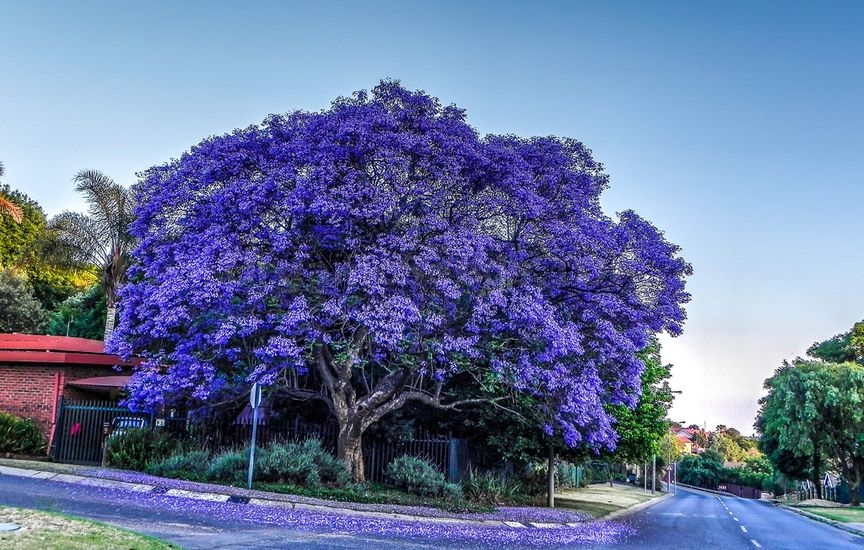 The first time someone sees a jacaranda tree (Jacaranda mimosifolia), they may think they’ve spied something out of a fairy tale. This lovely tree often spans the width of a front yard, and is covered in beautiful lavender purple blooms every spring. Read on to learn how to grow a jacaranda tree if you have the right environment. Growing jacaranda trees is mostly a matter of having the right environment, as they’re strictly southern trees that thrive in Florida and parts of Texas and California. Gardeners living further north often have success growing jacaranda as a large houseplant, and they have been known to make spectacular bonsai specimens. Jacaranda Tree Information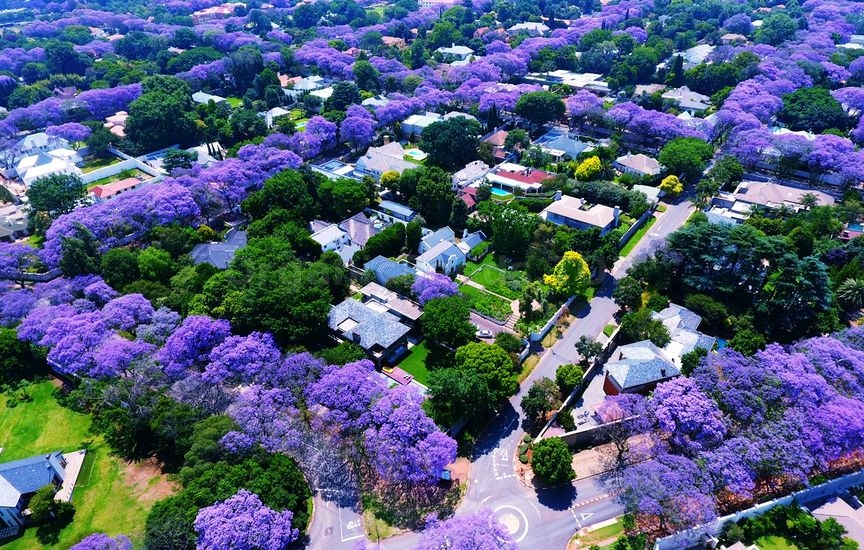 Jacarandas are true southern trees, thriving in USDA plant hardiness zones 9b through 11. Jacaranda tree hardiness is tested when the temperature drops below 15 F. (-9 C.), and they do best above the freezing point. They prefer a sandy soil with great drainage, and show off their lavender blooms best when planted in full sun. They grow relatively fast and will get up to 60 feet tall and just as wide. The spreading branches may fill your entire front yard.
How to Plant and Care for a Jacaranda Tree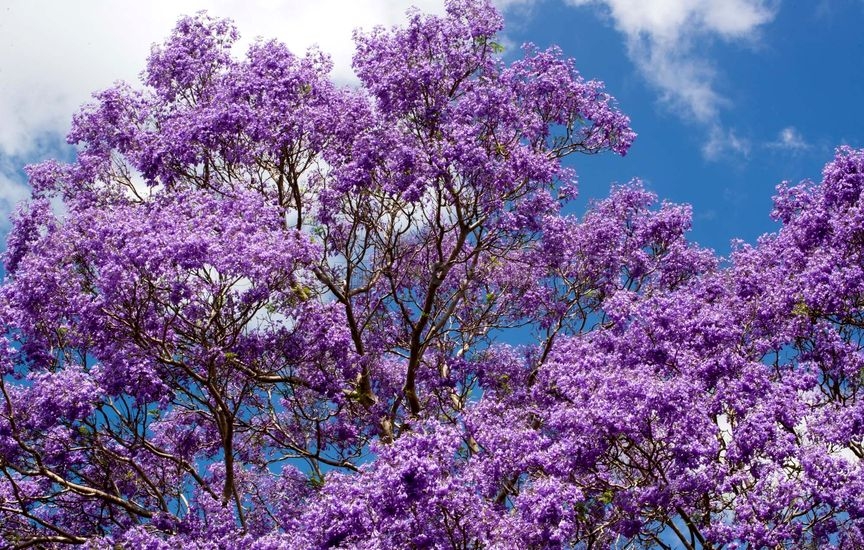 Choose the spot for your tree wisely. One piece of jacaranda tree information that many nurseries and catalogs don’t share is that when the flowers drop, they cover the ground in a thick layer and must be raked up before they decompose into slime. An afternoon with a rake will do the trick, but this is the reason so many jacarandas are planted as street trees, allowing most of the spent blooms to fall on the street instead of in the yard.
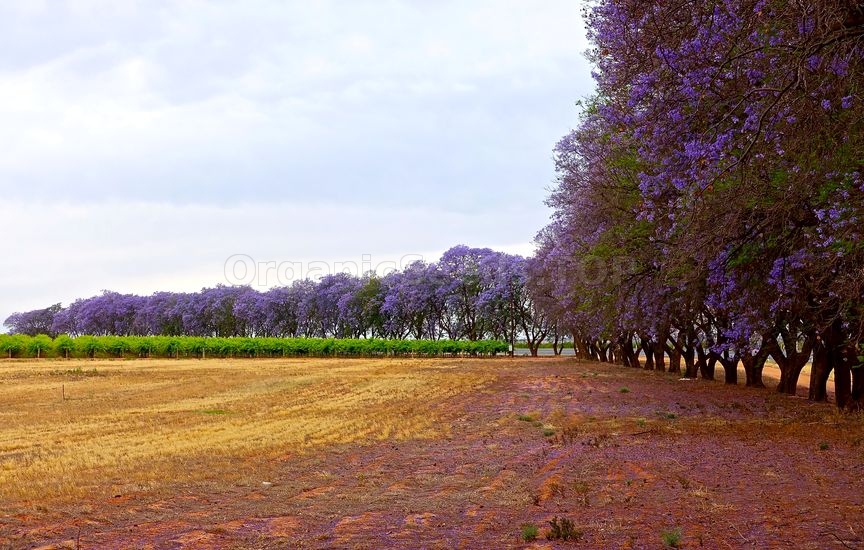 Plant the tree in an open spot with sandy soil and full sun. Keep the soil moist deep down by soaking it with a hose for half an hour, but letting it dry out in between waterings. Care for a jacaranda tree almost always includes pruning. In order to give it the best shape to show off those blooms, smaller branches should be trimmed early in the spring. Clip off suckers that grow vertically and keep one main trunk with some major branches leading off from the middle. Keep excess branches cut, to prevent the weight of the tree from splitting the trunk. Jacaranda Tree Not Blooming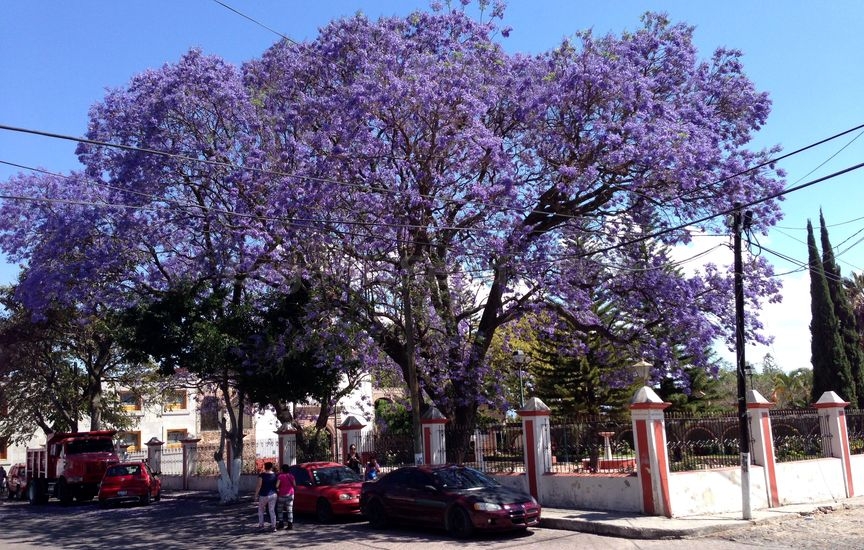 If your jacaranda tree fails to bloom, check these factors and adjust accordingly:
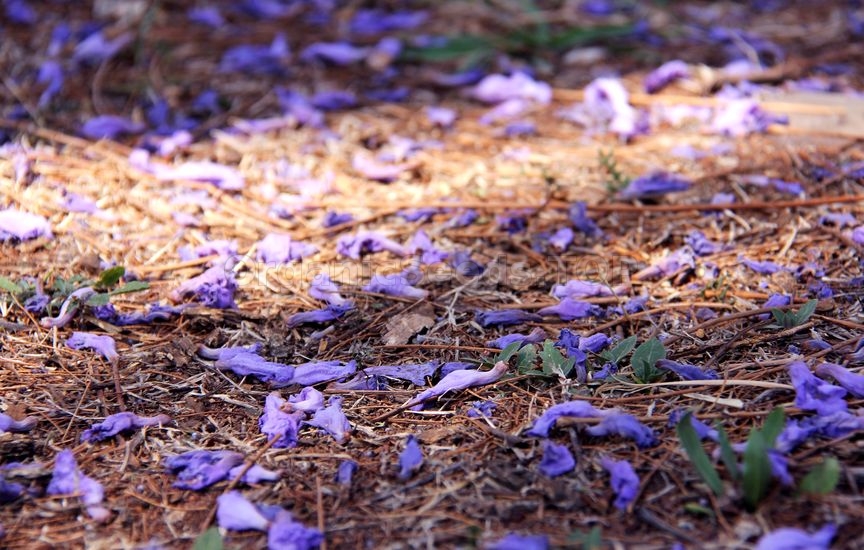 Despite all this, sometimes no cause can be found for a jacaranda that refuses to bloom. Some gardeners swear by more unusual strategies to coax these trees into bloom, such as hitting the trunk with a stick each year. If yours doesn’t seem to respond no matter what you do, don’t worry. It might decide, for reasons of its own, that next year is the right time to flower. You may need:«Delta» - Organic Jacaranda SeedsOrganic Golden Rain Seeds (Laburnum Anagyroides)Organic Eastern ninebark Seeds (Physocarpus Opulifolius)Organic Mokryeon Seeds (Magnolia Kobus)Organic Saucer Magnolia Seeds (Magnolia × Soulangeana) |
|
|
